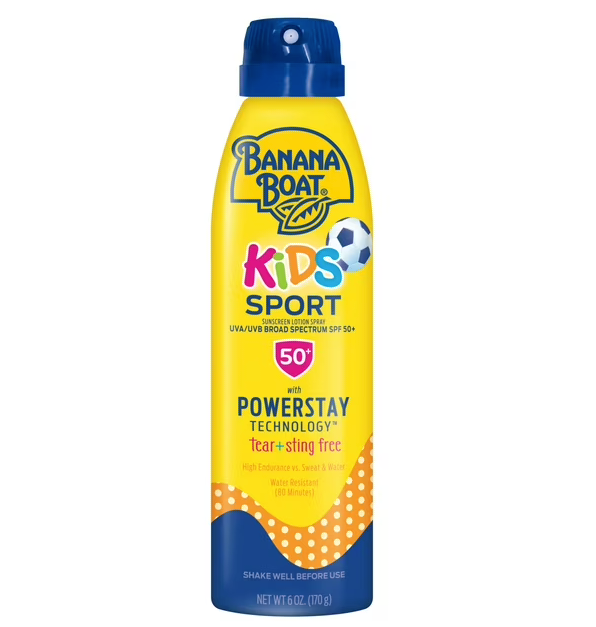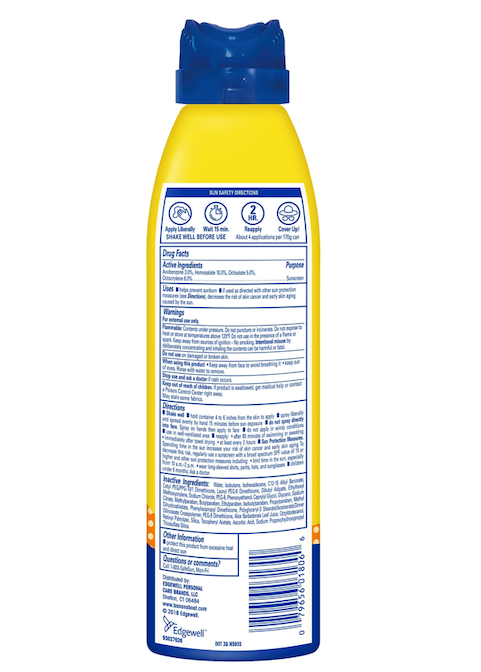Defending Your Skin: The Science & Evolution of Sunscreen Technology
Introduction:
Basking in the warm glow of the sun is a joy, but it comes with a responsibility—protecting our skin from the sun's potent rays. Sunscreen, a beauty and health staple, is not just a cosmetic; it's a product of scientific innovation designed to shield our skin from the harmful effects of ultraviolet (UV) radiation. In this blog, we'll dive into the fascinating science behind sunscreen and explore the latest advancements in sun protection technology.
The Basics: How Sunscreen Works
Sunscreen is a complex concoction of chemicals and minerals working harmoniously to safeguard the skin. Its primary goal is to absorb, reflect, or scatter UV rays, preventing them from penetrating the skin's layers.
-
Chemical Sunscreens: These contain organic compounds that absorb UV radiation and transform it into harmless heat, which is then released from the skin. Common chemical sunscreen ingredients include avobenzone, octocrylene, and oxybenzone.
-
Physical (Mineral) Sunscreens: These use minerals like zinc oxide or titanium dioxide to create a physical barrier that reflects and scatters UV rays away from the skin.
The Evolution of Sunscreen Technology
In recent years, sunscreen technology has undergone remarkable advancements, enhancing both efficacy and user experience.
-
Broad-Spectrum Protection: Modern sunscreens often provide broad-spectrum protection, guarding against both UVA and UVB rays. UVA rays contribute to premature aging, while UVB rays are responsible for sunburn.
-
Antioxidant Infusions: Some sunscreens now include antioxidants like vitamin C and E, offering an extra layer of defense by neutralizing free radicals generated by UV exposure.
-
Invisible Formulas: Traditional sunscreens were notorious for leaving a white cast on the skin. However, innovative formulations, such as clear zinc oxide and micronized particles, create a more aesthetically pleasing, invisible finish.
-
Smart Sunscreens: With advancements in wearable technology, smart sunscreens equipped with sensors and indicators are emerging. These products can alert users when it's time to reapply or when UV exposure is reaching potentially harmful levels.
-
DNA Repair Enzymes: Some sunscreens now contain enzymes that help repair DNA damage caused by UV rays, adding a reparative element to sun protection.
Future Frontiers: What's Next?
Scientists continue to push the boundaries of sun protection, exploring nanotechnology, bioadhesive films, and even DNA-based sunscreens. Nanoparticles, for instance, enable the creation of ultra-thin, transparent films that maintain high sun protection levels without the traditional thick and opaque appearance.
As our understanding of the sun's impact on the skin deepens, so too will the sophistication of sunscreen formulations. The future holds promises of personalized sunscreens tailored to individual skin types and genetic factors, providing optimal protection for each unique complexion.



